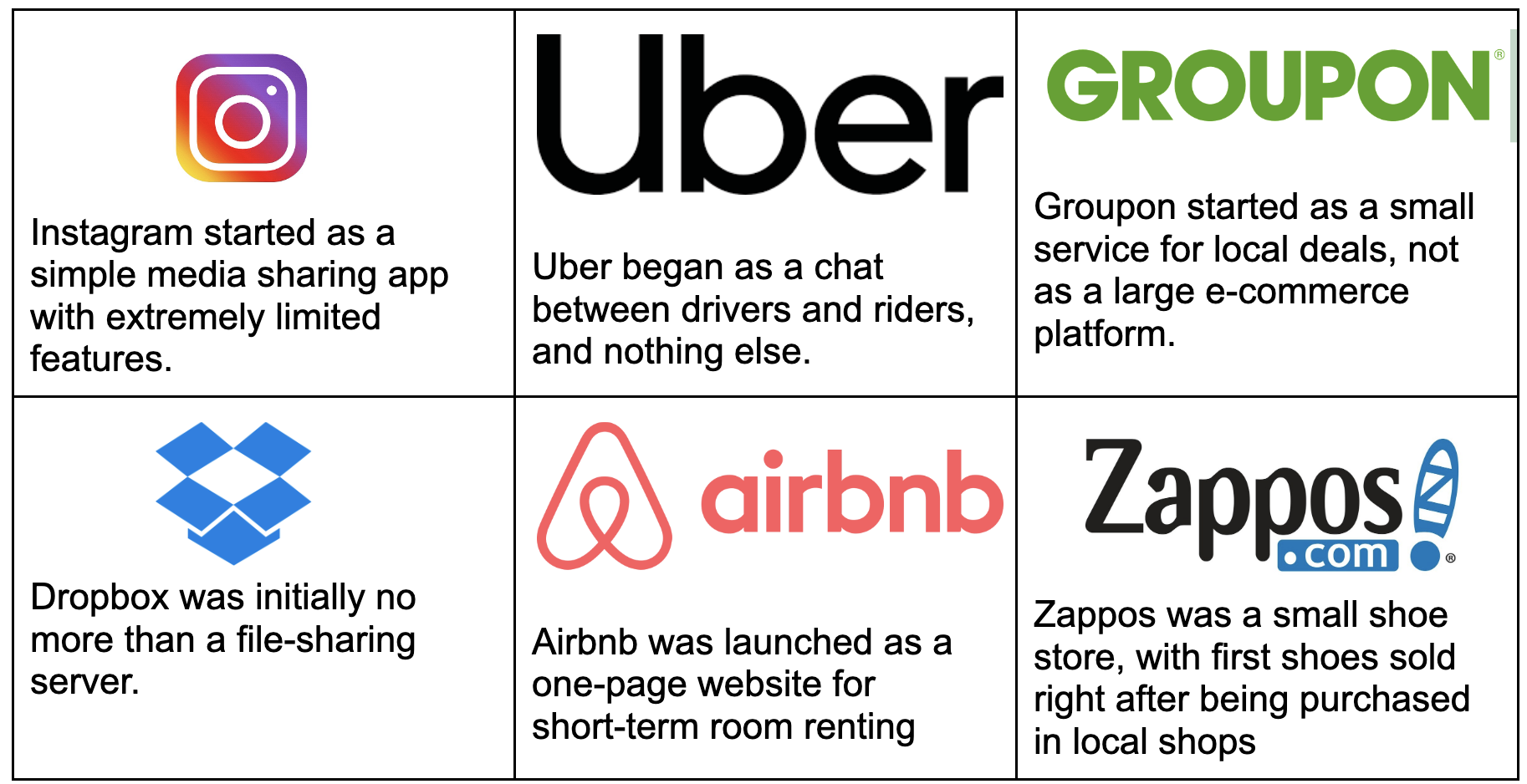
A minimum viable product idea is one of the essential elements of the current business ecosystem. You’ll especially need to build an MVP when developing your mobile app. Do you know that you can save more than 60% of your time and money when doing that? Check the guide explaining the cost to build an MVP to compare yourself.
Let’s see why you can choose MVP as a good option for entering new markets or developing new technological solutions.
Table of Content
Why MVP Is a Good Decision?
A minimum viable product is a "naked version" of your app: only basic functions and usually no advanced features or automatization. If they are present, they are solving only one specific purpose, and your "naked" app will remain lightweight and cheap. If you want to save your money and time and test your product on the market with real customers, you’ll want to build an MVP for this purpose.
Sure, an MVP is not your final product. You’ll need to refine it, develop it, and release a ready product after evaluating your customers' feedback. There is always a chance that your MVP will be unsuccessful. However, if your final product is unsuccessful, losses will be much larger.
Before going to the comparisons, examples, and cost evaluation, let’s quickly review the four basic features necessary for developing a successful MVP.
- A clear insight into the market segment and its target audience and knowing their needs is necessary to deliver anything important.
- A simple and focused set of features to convey your mission and main idea.
- A functional version of the product should be present.
- Testing and feedback exploring from target users to ensure the functionality and see how your product is accepted.
Other Cost-saving Concepts
You’re not limited by MVP to save your money on the first stages of the project development. However, as you’ll see, it has several key benefits. Let’s see two other concepts:
A proof of concept (PoC) is developed to test a specific technical concept. It is tested in minimal settings, and you can consider this approach to create a small version of your final app.
Prototyping is good to explore and refine ideas that will be utilized in your product. The final prototype will show how your app will look like and what to do. You can utilize it if you want to see the product before it is fully polished and released.
However, if you build an MVP, it will be designed to test your performance on the market. While PoC will enable you to test your technical idea and prototype to show how your app will look and perform, they are purely technological decisions. Your app is a product that will be used by customers, and your primary task is to attract them and make sure that you’ll help them with some of their tasks and cover their interests.
MVP is a tool that will enable you exactly that: test how your customers will react to your final app. Neither PoC nor prototype is directly connected with market research and feedback analysis, while the MVP concept includes both.
So, as you’ll see, it is the best concept to evaluate your success and understand how to reach it without large risks.
Well-known MVPs
Many mobile startups utilize this concept to spend less money. In the first stages of the project development, when resources are limited and profits are unsure, it is good to check the feedback and demand while staying cheap.
You can see the most popular examples of companies that decided to build an MVP in the table below.

MVP Development Process
First, you should plan your project as it will be in the end: with all features and options. Based on the app’s goal and mission, you’ll create a viable prototype present it to your potential customers, and then collect their feedback. To build an MVP right, you need to do it with your final idea in mind.
Here is an algorithm for MVP development:
- Planning includes defining the target audience, identifying the problem or need the product will solve, and setting goals and objectives to build an MVP.
- Market research should be conducted to understand competitors. In addition, it would be good to explore potential users before creating a minimum version. You must know the market segment where you’ll enter, or elsewhere how do you conquer it?
- Prototyping of the MVP that includes listing the core features and functionality.
- Designing the MVP's UI and UX based on the prototype and user preferences. If you know for whom your project is developing, this stage will be successful.
- Development of the code, infrastructure, and implementation of all planned features and technologies.
- Final testing includes sending your MVP to target users and analyzing their feedback. It will give you an insight into how you can improve your product and whether it will be successful in this market.
How the Costs Can be Estimated
As you know the development process, you can calculate how much you must invest to realize it. Let’s see the summary.
- Estimate the time for research, design, development, and testing processes. On average, there will be 4-5 months for them all.
- Estimate hourly prices for each of these activities. Typically, hourly rates are $15 - $50 or more.
- Combine these estimations to obtain the minimum budget necessary to build an MVP.
- Consider hidden costs, such as maintenance, marketing, integration, subscriptions, APIs, and additional features.
Calculating all these costs, you can obtain the final approximation.
Cost Approximations
After all spending is determined, you can see how much your app’s minimum viable product will cost. You can see several factors below that will affect your approximations: the app’s type, design, developers’ rates and preferences, the platform you’ll use, and additional hidden costs.

Typically, you’ll need $15,000 - $30,000 to build an MVP, despite in many cases it can be much cheaper or more expensive. Factors include the number of features you’ll decide to leave, the technology used, the development team's experience, and your location.
Generally, the largest price can be up to $100,000, in case you’d like to develop and present a new and complex technology.
Conclusion: A Wrapping-up
So, you see now why mobile startup developers so admire the MVP concept. It was used by such well-known today companies as Airbnb to start from scratch and with extremely low budgets. It allows them to iterate and improve the product quickly, transforming it into a breakthrough idea. To build an MVP, you need typically 4-5 months and $15,000 - $50,000, depending on your app’s complexity, hourly rates, and other variables, individual for each case.
To make your case clear, make sure to create a robust plan with a list of all the necessary features and their purposes. After that, you can use the points mentioned here to evaluate your final budget clearly.
Share this post
Leave a comment
All comments are moderated. Spammy and bot submitted comments are deleted. Please submit the comments that are helpful to others, and we'll approve your comments. A comment that includes outbound link will only be approved if the content is relevant to the topic, and has some value to our readers.

Comments (0)
No comment